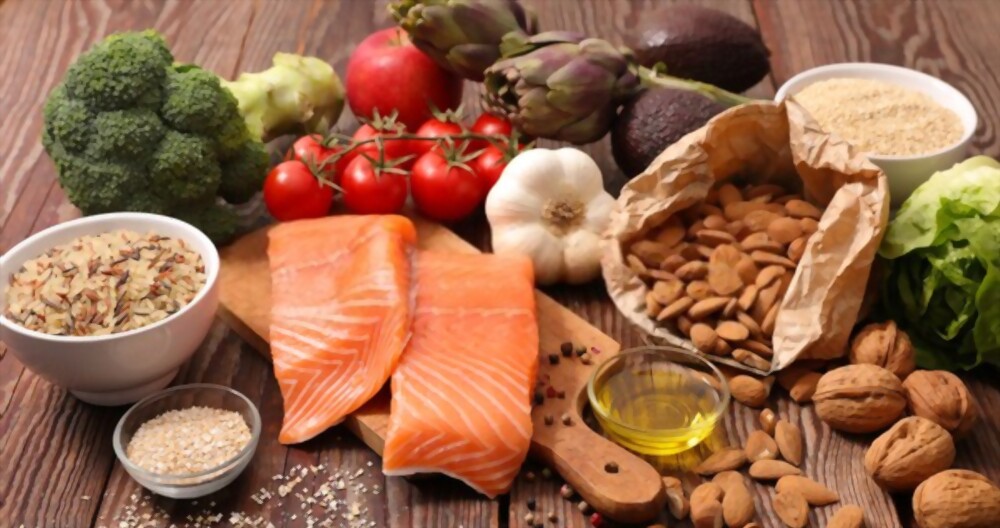Two of the most commonly used units for measuring weight are grams and kilograms. Grams and kilograms are used to measure the weight of different things, from food ingredients to large objects like cars.
In this article, I will take a closer look at what things are measured in grams and kilograms and how these units of measurement are used.
What is a gram?
A gram is a unit of measurement that is used to measure weight or mass. One gram is equivalent to 0.035 ounces or 0.0022 pounds. It is a very small unit of measurement and is commonly used for measuring lightweight items such as food ingredients or small objects.
What is a kilogram?
A kilogram is a unit of measurement that is used to measure weight or mass. One kilogram is equivalent to 2.205 pounds, 35.274 ounces, or 1000 grams. It is a larger unit of measurement than a gram and is commonly used for measuring larger items such as people, animals, or heavy objects.
How are grams and kilograms used to measure weight?
Grams and kilograms are used to measure weight in a variety of different settings. In science labs, for example, chemists may use grams to measure the weight of chemicals. In the kitchen, grams are commonly used to measure food ingredients such as sugar or flour. Kilograms are used to measure the weight of people, animals, or large objects such as cars.
Measuring Weight in Food and Cooking

In cooking, measuring ingredients accurately is essential for producing consistent and delicious results. The use of grams and kilograms is becoming increasingly popular in recipes, particularly in baking, as it provides a more precise measurement compared to cups or tablespoons. Here’s why:
Importance of measuring ingredients accurately in cooking
Inaccurate measurements can throw off the balance of ingredients in a recipe, affecting the texture, flavor, and overall outcome of a dish. For example, too much flour in a cake recipe can result in a dry and dense cake, while too little flour can make the cake fall apart. Measuring ingredients accurately ensures that the recipe is consistent and the end product is as expected.
Explanation of using grams and kilograms in recipes
Grams and kilograms are used in recipes because they are part of the metric system, which is based on multiples of 10. This makes it easy to convert between different measurements and ensures accuracy. For example, 1 gram is equal to 0.035 ounces, and 1 kilogram is equal to 2.2 pounds. Many recipes now list ingredients in both metric and imperial units to cater to a wider audience.
Tips for converting between cups and grams/kilograms
If a recipe only lists ingredients in cups, tablespoons, or teaspoons, it’s possible to convert them to grams or kilograms. However, it’s important to note that different ingredients have different densities and weights, so it’s best to use a conversion chart specific to that ingredient.
One tip is to invest in a digital kitchen scale that can weigh in both metric and imperial units. This makes measuring ingredients much easier and more precise. Another tip is to use online conversion calculators or apps to help with conversions.
Related: Things That Weigh 200 Grams
A Wide Range of Household Items

In addition to food items, several household things are often measured in grams and kilograms. Here are a few examples:
Medications: Many medications are measured in grams or milligrams to ensure the correct dosage is administered.
Cleaning products: Some cleaning products, such as laundry detergents and dishwashing detergents, are sold by weight, usually in kilograms, to ensure that customers get the appropriate amount for each wash.
Garden supplies: Fertilizers, potting soil, and other garden supplies are often measured in grams and kilograms to ensure that plants receive the appropriate amount of nutrients.
Pet food: Pet food is commonly measured in grams or kilograms, allowing owners to provide the right amount of food for their furry friends.
Postal packages: When sending parcels or packages, the weight is measured in grams or kilograms to determine the shipping cost.
Related: Things that weigh 100 grams
Measuring Weight in Science and Medicine

In science and medicine, weight measurement plays a critical role in experiments, studies, drug dosages, and medical procedures. Grams and kilograms are commonly used units of measurement in these fields for their precision and accuracy.
Use of grams and kilograms in scientific experiments and studies
In scientific experiments and studies, accurate measurement of weight is crucial to ensure reliable and reproducible results. Scientists and researchers use grams and kilograms to measure the weight of samples, compounds, and other materials. This is especially important in fields such as chemistry, physics, and biology where small differences in weight can have significant impacts on the outcome of experiments.
Explanation of how weight is measured in medicine
In medicine, weight is often used to calculate drug dosages and to assess a patient’s overall health. Weight is typically measured in kilograms using a digital scale, with the patient standing upright and barefoot. In some cases, weight may also be measured in grams, particularly for premature babies or small animals.
Examples of how grams and kilograms are used in drug dosages and medical procedures
In drug dosages, the weight of the patient is used to determine the appropriate amount of medication to administer. For example, a medication may be prescribed at a certain milligram per kilogram (mg/kg) dosage. This means that the dosage is based on the patient’s weight in kilograms, with the amount of medication increasing as the patient’s weight increases.
In medical procedures such as surgeries, weight measurement is used to ensure that the patient is given the correct amount of anesthesia. Anesthesiologists use the patient’s weight to calculate the appropriate dose of anesthesia, taking into account factors such as the patient’s age, overall health, and medical history.
Measuring Weight in Industry and Manufacturing

In industrial production and manufacturing, weight measurement plays a crucial role in ensuring the quality and consistency of products. Grams and kilograms are commonly used units of measurement in these fields for their accuracy and precision.
The Role of weight measurement in industrial production and Manufacturing
In industrial production and manufacturing, weight is used to measure raw materials, parts, and finished products. Accurate weight measurement is essential to ensure that products meet specifications, regulatory requirements, and customer expectations. Weight measurement is also used to monitor production processes, identify potential issues, and optimize efficiency.
Explanation of how weight is used in quality control
Weight measurement is a critical component of quality control in manufacturing. Products are often required to meet specific weight requirements, and deviations from these requirements can indicate quality issues or production errors. In addition to ensuring product consistency and quality, weight measurement is also used to verify compliance with regulatory standards, such as those related to food and drug safety.
Examples of products that are measured in grams and kilograms in industry
In many industries, products are measured in grams and kilograms to ensure accuracy and consistency. For example, in the food industry, ingredients such as flour, sugar, and spices are measured in grams and kilograms to ensure that recipes are followed accurately and consistently. In the pharmaceutical industry, drugs are measured in milligrams or grams to ensure that patients receive the correct dosage.
In the manufacturing of electronic components, weight measurement is used to ensure that parts are manufactured to precise tolerances. Similarly, in the production of machinery and equipment, weight measurement is used to ensure that parts are assembled correctly and that the finished product meets weight specifications.
Different Metals

The value of metals can vary widely depending on the type of metal, making it challenging to determine their worth accurately.
The pricing of metals is a complex process that involves various factors such as market demand, purity, weight, and other variables that can impact its value. Therefore, to facilitate the valuation of metals such as gold or silver, they are often weighed and priced in either grams or kilograms, providing a standardized method for determining their worth. This measurement system allows for easier tracking of market fluctuations and provides a consistent value for buyers and sellers alike.
The use of grams and kilograms is a reliable and precise approach when it comes to measuring metals. It provides a standardized system that enables individuals to convert between various amounts of a particular metal quickly and accurately.
Related: Things That Weigh 2 Kilograms
FAQs
What items are measured in grams and kilograms?
Grams and kilograms are units of measurement commonly used in the metric system. Grams are a smaller unit of measurement than kilograms.
What items are measured in grams?
Items that are typically measured in grams include small objects like food items (such as fruits, vegetables, and spices), jewelry, and small electronic components.
What are 5 things which can be measured in grams?
Here are five specific things that can be measured in grams:
Sugar
Salt
Butter
Gold
Powdered spices
What objects are measured in kilograms?
On the other hand, kilograms are used to measure larger objects, such as people, animals, and heavy equipment. Some examples of objects that are typically measured in kilograms include:
Automobiles
Heavy machinery
Large appliances like refrigerators and washing machines
Large packages or boxes
Livestock such as cows or horses.